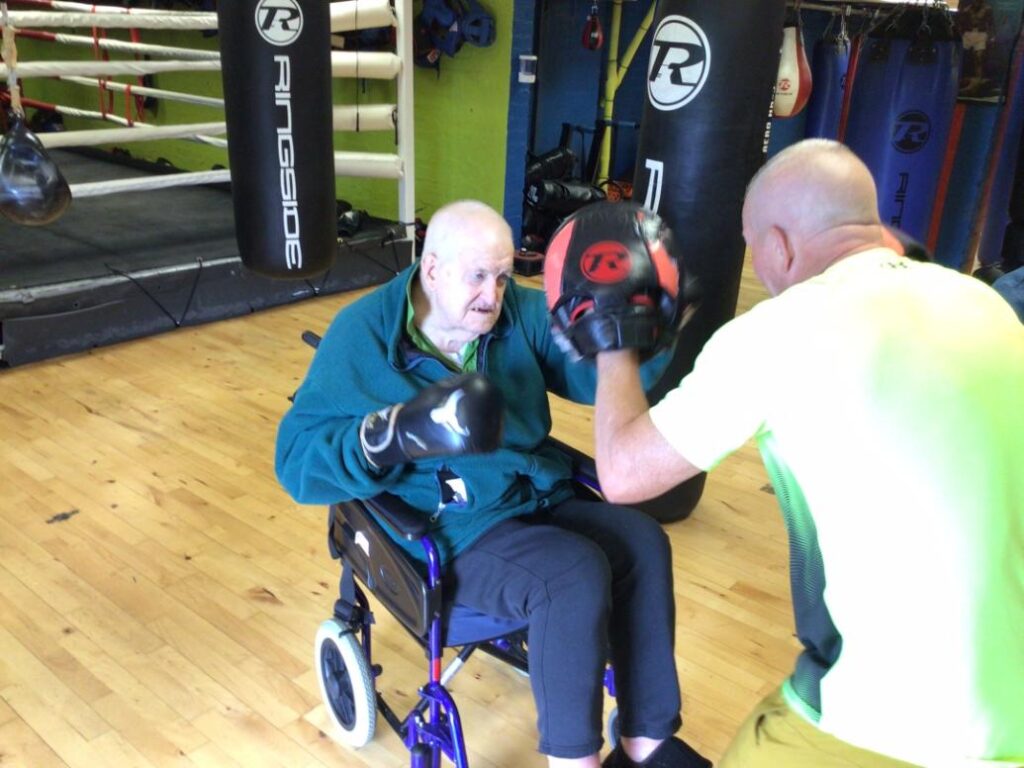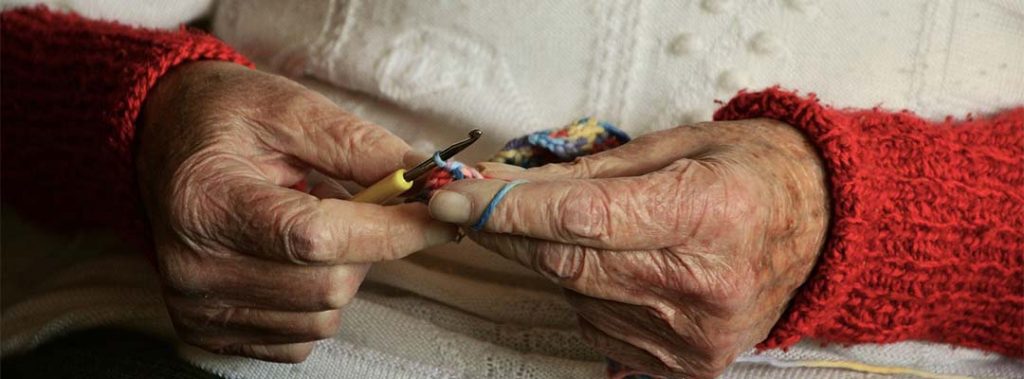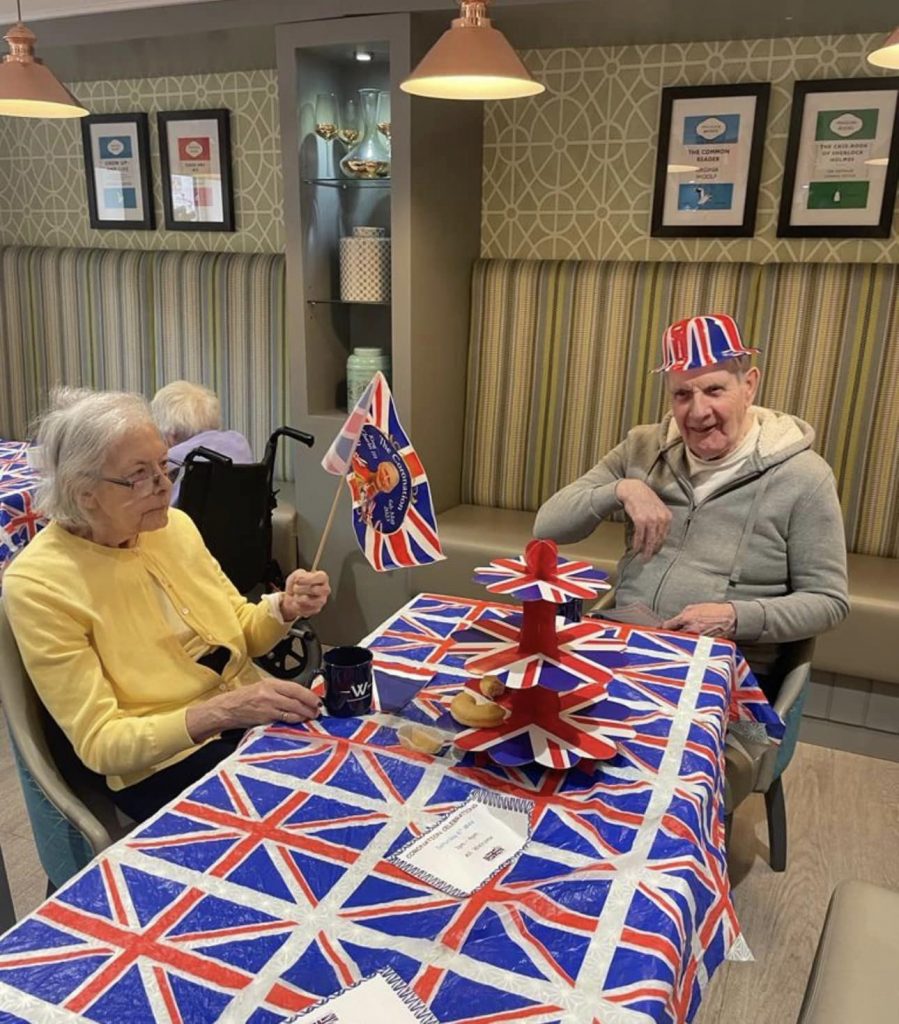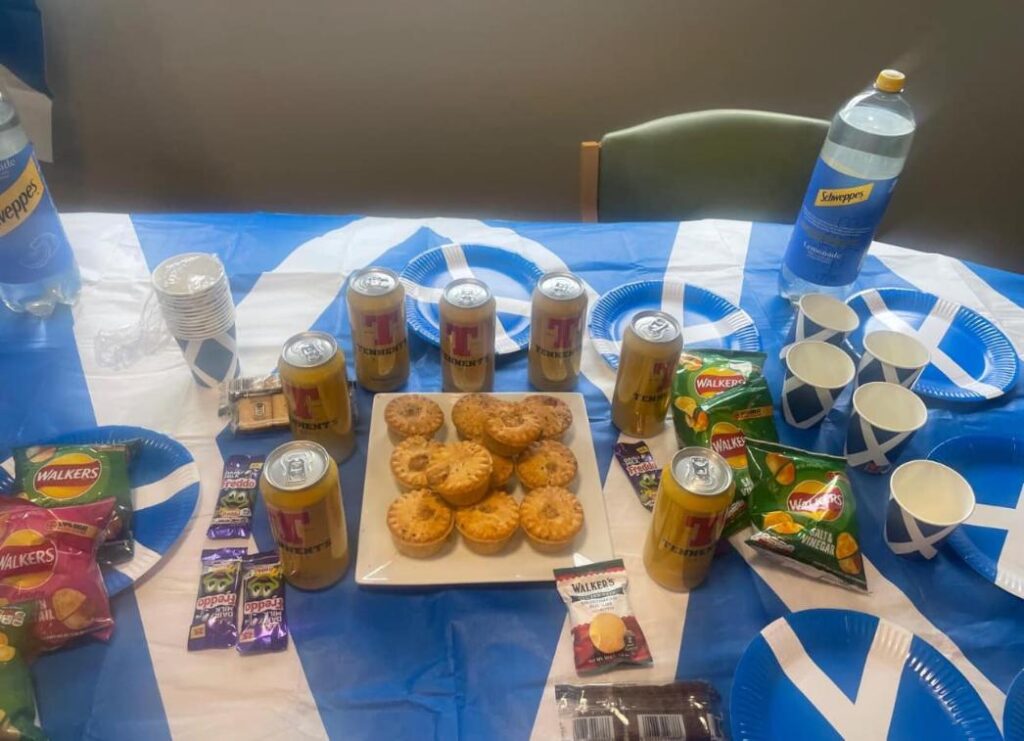What Does a Care Home Activities Coordinator Do?

When we think about care homes, our minds naturally go to nursing care or the support provided to residents. However, one important benefit of moving into a care home is the wealth of activities on offer to promote cognitive function and improve overall wellbeing. Activities are far more than just ‘something to do’ – they are a cornerstone of a happy, healthy, and fulfilling life in a care home.
Engaging in regular activities helps residents maintain their physical health, keep their minds sharp, and improve their overall health. Activities also provide a wonderful opportunity for residents to interact with one another, which helps to nurture friendships and create a strong sense of community. This sense of belonging and connection can be especially beneficial for those who may feel isolated or have limited family contact.
Taking part in enjoyable and meaningful activities can reduce stress, anxiety, and depression, promoting emotional and mental wellbeing. Whether it’s a group quiz, a gentle yoga class, or simply a shared laugh over afternoon tea, these activities are fun for residents and contribute to their quality of life.
The Role of a Care Home Activities Coordinator
Behind every well-loved care home activity is the dedication and creativity of the activities coordinator. This key team member takes on the responsibility of designing and delivering a schedule of events that enriches residents’ lives.
The activities coordinator’s role is all about delivering highly personalised care. They spend time learning about each resident’s interests, skills, and mental and physical health needs. With this insight, they ensure that every activity is not only enjoyable but also safe, accessible, and inclusive. The activities coordinator engages residents with the local community through various activities and events, fostering connections and meaningful experiences.
Collaboration is also a big part of their job. They encourage residents to participate in activities that promote interaction and well-being. By working alongside care staff, coordinators can integrate activities seamlessly into the daily care routine. Whether it’s planning a one-to-one reminiscence session with a resident living with dementia or organising a lively birthday party for a fellow resident, the coordinator plays a pivotal role in ensuring that life in the care home feels vibrant and fulfilling.

![pic 1[75]](https://dashboard.westertoncarehome.com/wp-content/uploads/2024/06/pic-175.jpg)
Understanding Resident Needs and Interests for Mental and Physical Health
At the heart of every successful care home activity is a genuine understanding of the residents taking part. Each resident is an individual with their own life story, hobbies, abilities, and personal identity – and these are what shape the activities offered.
Activities coordinators take the time to really get to know each resident. This might involve sitting down with them for a chat, speaking with family members, or observing how they respond to different activities. Health assessments also play a part, as the coordinator considers how to adapt activities to suit physical or cognitive needs.
By tailoring activities to each resident, care homes can ensure that what’s on offer is meaningful, engaging, and enjoyable. This approach helps maintain existing relationships and fosters new ones with other residents. Whether it’s rekindling a lifelong love of gardening or helping someone discover a new passion for painting, personalisation is key.
Types of Group Activities for Care Homes
The beauty of care home activities is the incredible variety they can offer, catering to different interests, abilities, and preferences. Dance classes, for example, are particularly engaging for those who enjoy music and movement. Whether it’s a lively group activity or a gentle one-to-one session, these moments can bring a sense of joy, achievement, and connection.
Here are just some examples of the kinds of activities that take place in care homes that can bring joy, purpose, and enrichment to residents:
Exercise Classes
Physical activity is a vital part of maintaining physical and mental wellbeing, and care homes can offer a wide range of exercise options. Classes such as aerobics, dance, and walking groups are excellent for enhancing balance, mobility, and strength. Gentle chair-based exercises are also a great option for those with limited mobility, allowing all residents to stay active in a safe and comfortable way.
Exercise sessions not only support physical health but also provide a mental boost, helping to reduce stress and improve mood. Whether it’s a yoga session, a tai chi class in the garden, or a simple stroll around the grounds, exercise activities are a wonderful way to encourage both movement and mindfulness.



Creative Pursuits
Creative activities are always a popular choice in care homes, offering a fantastic outlet for self-expression and discovery. Painting, drawing, and pottery give residents the chance to explore their artistic side, often sparking pride and confidence in what they create. Art classes also play a crucial role in fostering connections and friendships among residents, enhancing their overall sense of community and belonging.
Music-based activities, such as singalongs or playing instruments, are particularly beneficial – especially for those living with dementia. Music has the power to evoke strong emotions and memories, creating a calming, joyful, or energising experience depending on the tempo and mood of the activity. Drama groups or storytelling sessions can also encourage residents to share their imagination and enjoy a sense of camaraderie through collaboration.



Social Activities
Social interaction is essential for wellbeing, helping to combat loneliness and foster a sense of belonging. Group activities such as quizzes, book clubs, and bingo evenings are fantastic for bringing people together. These events allow residents to share their knowledge, memories, and laughter while building stronger bonds with one another. Board games are another excellent option, providing entertainment, mental stimulation, and opportunities for social interaction.
Celebrations for special occasions – like birthdays, holidays, or themed parties – add a festive spirit to the care home and give residents something exciting to look forward to. These events can even involve residents in the planning and decorating, adding an extra level of engagement and fun.



Outdoor Activities
Time spent outdoors offers many benefits for both physical and mental health. Gardening, for example, is an ideal activity for those who enjoy nurturing plants or simply want to feel closer to nature. It can be as simple as planting flowers in pots or as hands-on as helping tend to a vegetable patch.
Walking groups are another fantastic outdoor option, giving residents the chance to enjoy fresh air, gentle exercise, and the beauty of the care home grounds or local surroundings. Many care homes also arrange outings to local attractions, parks, or cafes – adding variety to the routine and creating opportunities for exploration and social connection.


Mind-Stimulating Activities
Keeping the mind active is just as important as staying physically healthy. Puzzles, crosswords, and word games are a great way to encourage problem-solving and critical thinking. Memory games or reminiscence sessions are particularly meaningful for residents living with dementia, as they draw on long-term memories to spark conversations and connection.
Interactive technology, such as tablet-based games or virtual reality experiences, is becoming increasingly popular in care homes, offering a modern and exciting way for residents to engage with the world around them.
Personalised Activities
Finally, personalisation is key to making activities truly meaningful. For some residents, this might mean revisiting a beloved hobby, such as knitting, baking, or playing chess. For others, it could involve one-to-one sessions tailored to their needs, such as a quiet poetry reading or listening to favourite music. These personalised touches help ensure that every resident feels valued and included.
By offering a variety of activities, care homes can provide an environment that is stimulating, fulfilling, and inclusive. From staying active to embracing creativity, each activity contributes to a resident’s sense of purpose, enjoyment, and belonging.
Enjoying the Next Stage of Your Life at Westerton Care Home
Activities in care homes are not just a way to pass the time; they’re a key ingredient in creating a fulfilling and happy life for residents, enhancing their mental wellbeing. Through thoughtful planning, personalisation, and teamwork, activities can help residents stay active, connect with others, and feel a sense of purpose and belonging.
At their core, these activities remind us that care homes are not just places of care – they are homes where life continues to be enjoyed, shared, and celebrated every day. Social interaction through various group activities fosters connections among residents and staff, promoting a sense of community and belonging.
If you'd like more details about the care we offer at Westerton Care Home in Bearsden and how our activities coordinators ensure life is busy and fulfilling for residents, please get in touch. We'd be happy to arrange a personalised tour for you or your loved one.





